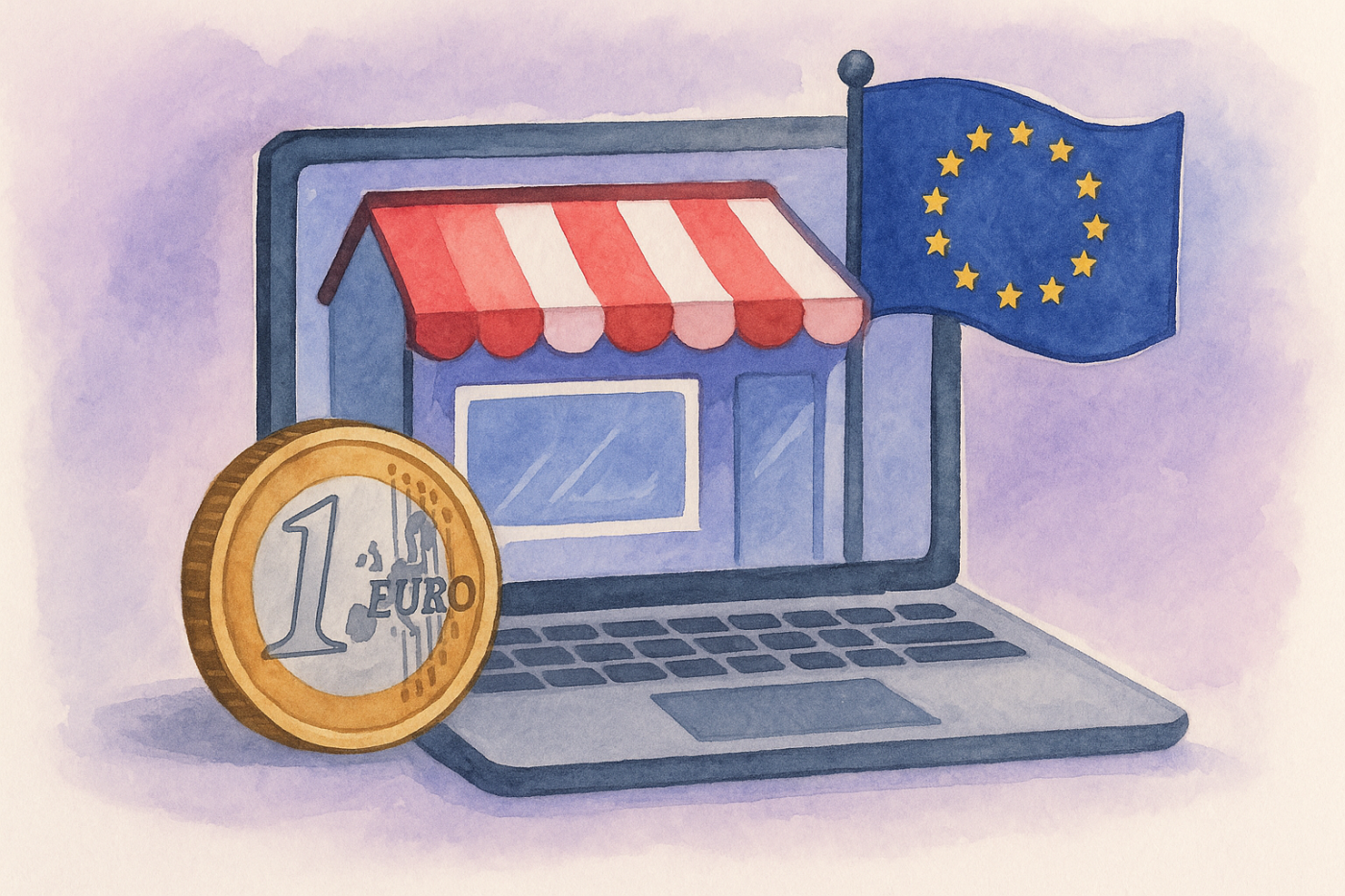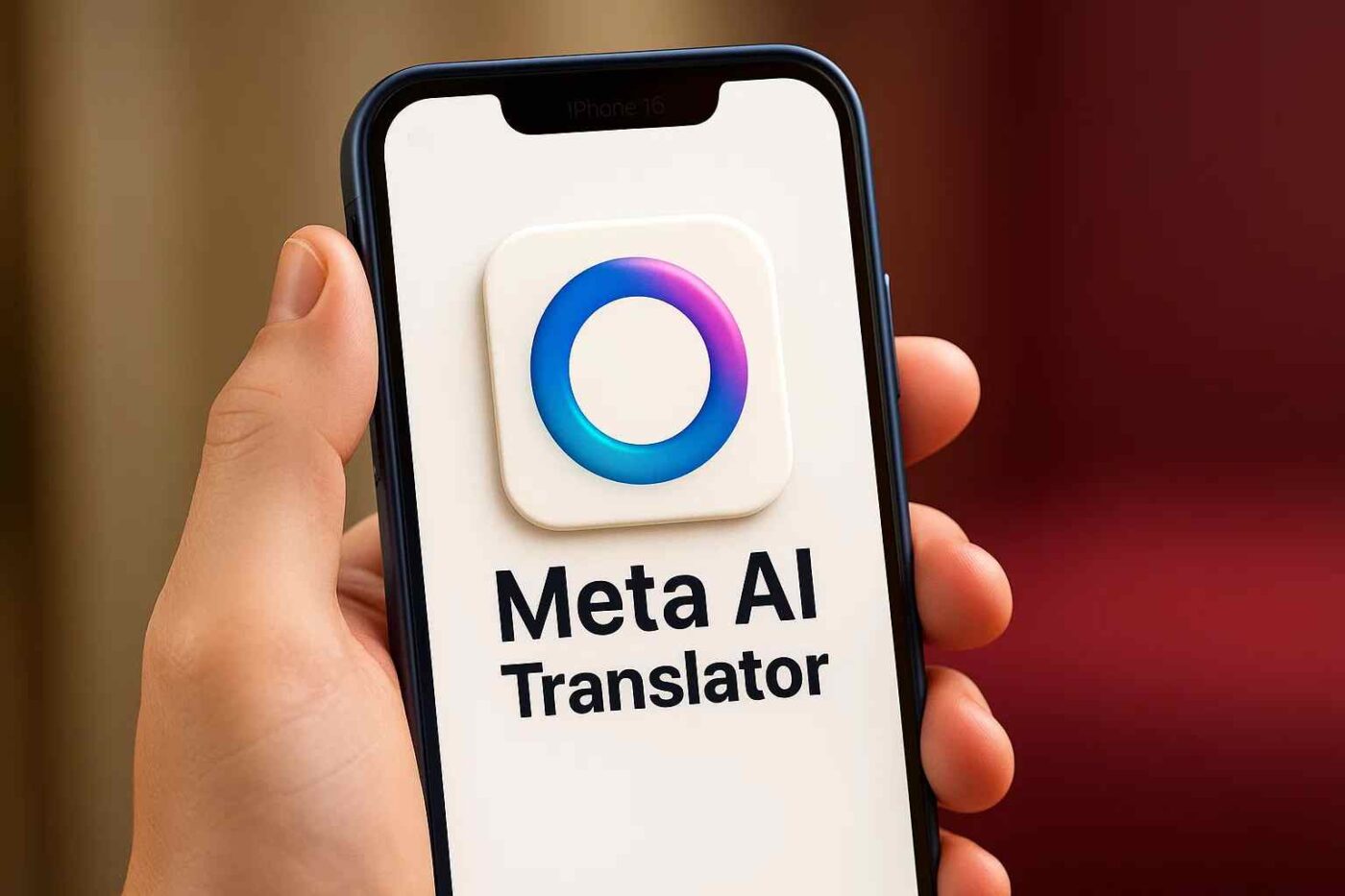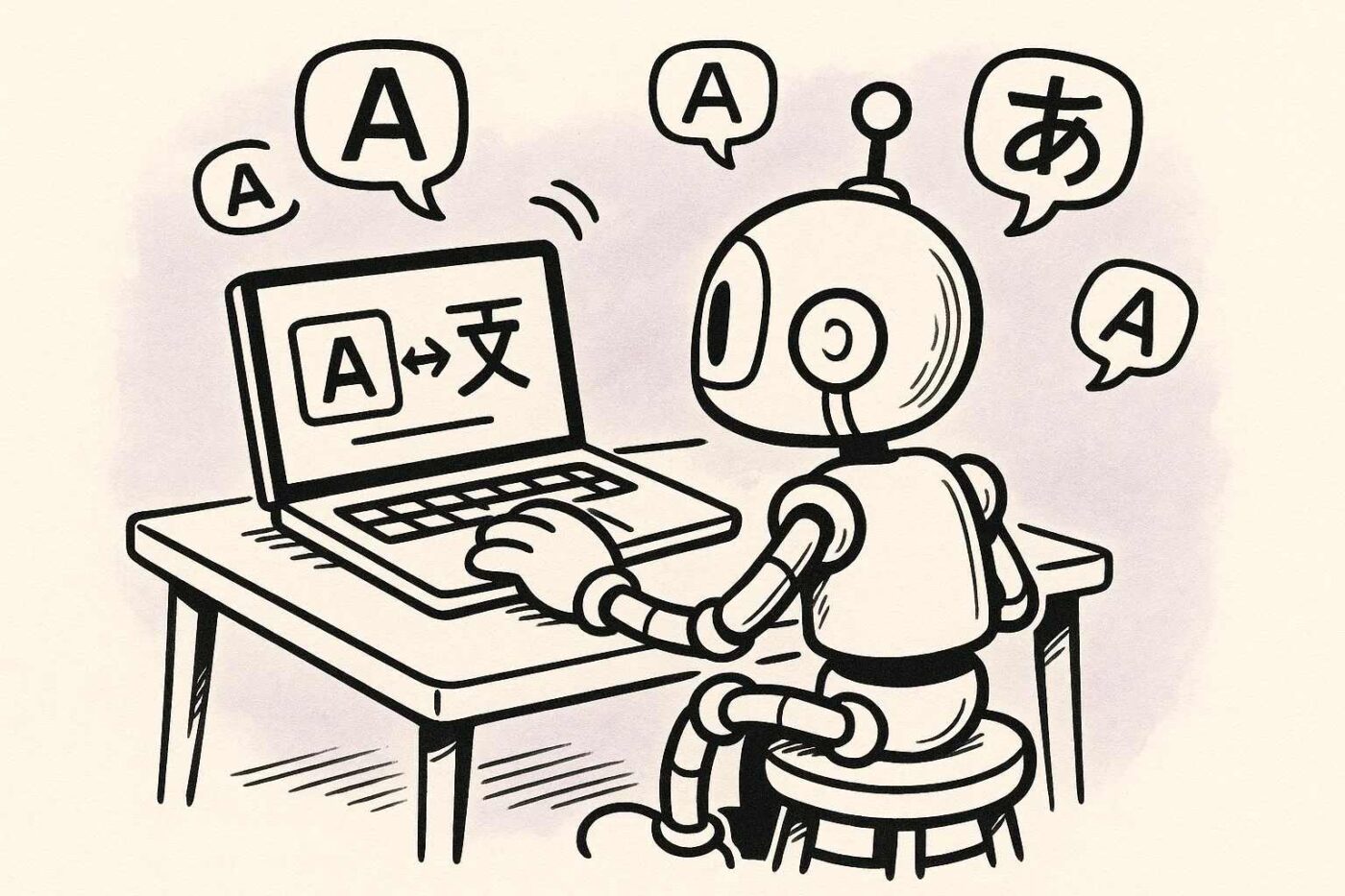Scaling Smart: Why AI Translation Gives You an Edge in European E-Commerce

Expanding into Europe isn’t just about adding shipping zones or switching currencies, it’s about navigating a continent stitched together by dozens of languages, cultural nuances, and hyper-local expectations and AI translation tools makes it easy.
For e-commerce brands eyeing serious growth, this complexity can either be a dealbreaker or a strategic breakthrough.
Enter AI-powered translation, not just as a tool, but as a growth engine. It replaces clunky manual workflows with real-time, scalable localization that’s smarter, faster, and significantly more cost-effective. It’s the difference between being present in a market and being understood in one.
With the right AI translation strategy, brands can unlock:
- lightning-fast market rollouts,
- leaner localization budgets,
- SEO performance tailored to local search habits,
- increased conversions via native-language trust,
- and a smoother customer experience from homepage to support chat.
Scaling across Europe? It’s no longer about brute force, it’s about scaling smart.
Cracking the Code of Europe’s Linguistic Diversity
Europe is not a single market, it’s a mosaic of languages, micro-cultures, and expectations.
The European Union alone boasts 24 official languages, but that’s just scratching the surface.
Take Belgium, where Dutch, French, and German co-exist, or Switzerland, which juggles four national languages.
Even inside a single country, linguistic borders shift from one region to the next.
For brands, this means one thing: selling in English alone won’t cut it.
In fact, research shows 76% of consumers prefer buying from sites in their own language, even if they’re fluent in English.
Trust, comprehension, and purchase intent skyrocket when shoppers feel like the content speaks to them, not at them.
And here’s the kicker, English-only websites reach less than 25% of the world’s internet users.
That’s not just a missed opportunity; it’s a self-imposed ceiling.
But effective localization goes beyond word-for-word translation. It demands cultural sensitivity, localized search behavior, and compliance with country-specific regulations, from tax labeling in Germany to returns policies in France.
Bottom line? Localization is no longer optional, it’s operational.
And the businesses that understand that are the ones scaling smarter across Europe
The Competitive Power of AI Translation in Europe
Let’s talk scale. One of the biggest roadblocks in European expansion is the sheer volume of content that needs localization, product listings, descriptions, banners, customer reviews, emails, support FAQs, and beyond.
Traditional workflows?
They’d take weeks or months. With AI, we’re talking thousands of SKUs translated in seconds.
Case in point: a leading retailer rolled out content in 12 languages within 48 hours, leading to a 20% spike in early sales. Speed doesn’t just mean faster launches, it means being first to market, outpacing competitors, and capturing attention before anyone else shows up.
But the edge doesn’t stop there.
- International SEO gets a major boost when product pages and metadata are translated and localized, AI tools go beyond basic translation, adapting keywords for native search behaviors.
- The results? Brands that localize effectively can see up to 47% more traffic, double the conversion rates, and up to a 200% increase in sales.
- Cost-efficiency is another win: AI translation cuts costs by up to 60% compared to human-led workflows, especially for dynamic content like user reviews or support docs.
- And with 24/7 multilingual customer support, AI ensures every shopper, from Helsinki to Barcelona, gets help in their own language, in real time.
Even better?
Leading tools allow brands to preserve tone, personality, and nuance, so localized content still sounds like you.
This is localization on autopilot, optimized, scalable, and primed for results.
From AI Translation to Market Domination in Europe
Localization isn’t just a feature, it’s a growth strategy, and AI is its driving engine.
Global e-commerce leaders are already proving that point:
- AliExpress supports 21 languages, with 91% of its traffic driven by aggressive localization.
- Allegro, Poland’s biggest marketplace, translated a staggering 2.5 billion words using its own AI engine, delivering 18.8% higher quality than off-the-shelf tools.
- Across the board, introducing machine translation has been linked to a +17.5% boost in exports, by removing language friction in the buyer journey.
What’s more, nearly half of the top 50 global e-commerce sites now offer content in four or more languages. That’s not a trend, it’s a new industry baseline.
Want in? Start smart:
- Identify high-potential regions, Use analytics to spot international traffic hotspots and underperforming geos.
- Prioritize key content, Focus first on product pages, checkout flows, and customer support touchpoints.
- Pick the right tool, We recommend Ovesio, a robust, e-commerce-first AI translation solution that integrates seamlessly with major platforms and delivers high-quality, contextual results.
- Localize continuously, Integrate translation into your product release cycles and seasonal campaigns, keeping your content ecosystem aligned across markets.
In short, AI translation doesn’t just open doors, it kicks them down.
The brands leveraging it aren’t just participating in new markets, they’re dominating them.
AI Translation, The E-Commerce Growth Multiplier in Europe
In a region as fragmented, and as opportunity-rich, as Europe, speed and precision are everything.
AI translation empowers digital retailers to launch faster, convert better, rank higher, and build lasting trust with local audiences.
It’s not just about getting your message across, it’s about doing it in the right language, with the right tone, at the right moment.
The data speaks for itself: early adopters are seeing up to 200% more in sales, slashing localization costs by 60%, and rolling out across markets in days, not months.
In today’s e-commerce arena, AI translation isn’t a bonus feature, it’s a strategic advantage. And the longer you wait, the wider the gap grows.
Scale smarter. Go further. Start now.
FAQ: What Retailers Ask Before Going Multilingual
1. Is AI translation accurate enough for e-commerce?
→ Yes. Leading tools offer near-human accuracy and can handle product context, glossaries, and tone, making them ideal for SKUs, support, and even marketing content.
2. What’s the ROI on using AI translation?
→ Brands report up to a 200% increase in sales, 60% savings in translation costs, and faster time-to-market across multiple countries.
3. How does it impact SEO?
→ Localized metadata, product titles, and descriptions mean higher visibility in native-language search results, driving organic growth where it matters most.
4. Can AI preserve brand tone and voice?
→ Absolutely. Custom glossaries, tone settings, and fine-tuned models ensure your brand sounds consistent, no matter the language.
5. Which languages should I start with in Europe?
→ Focus first on German, French, Spanish, Italian, and Dutch, they cover major e-commerce regions and are likely where your international traffic is already coming from.





